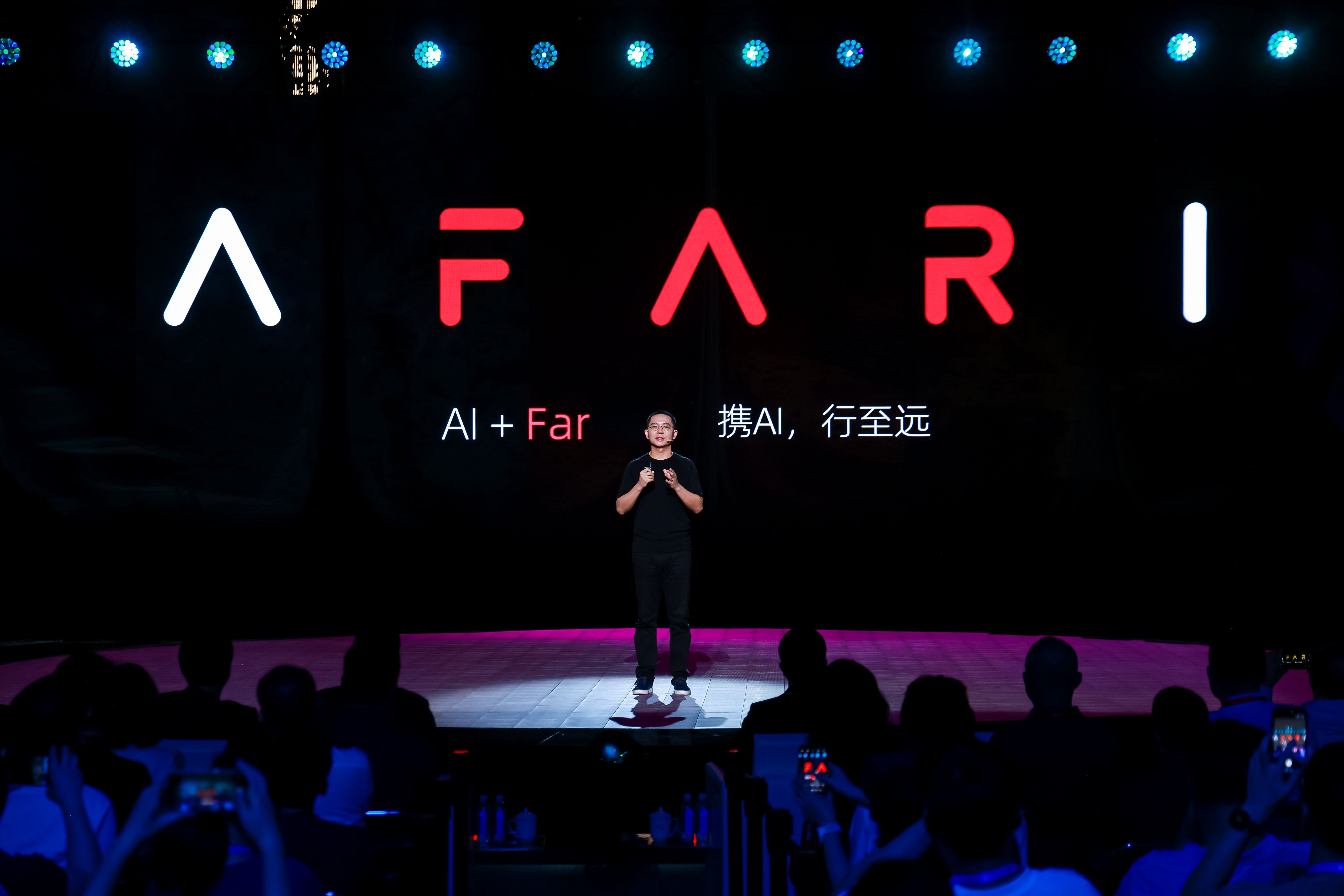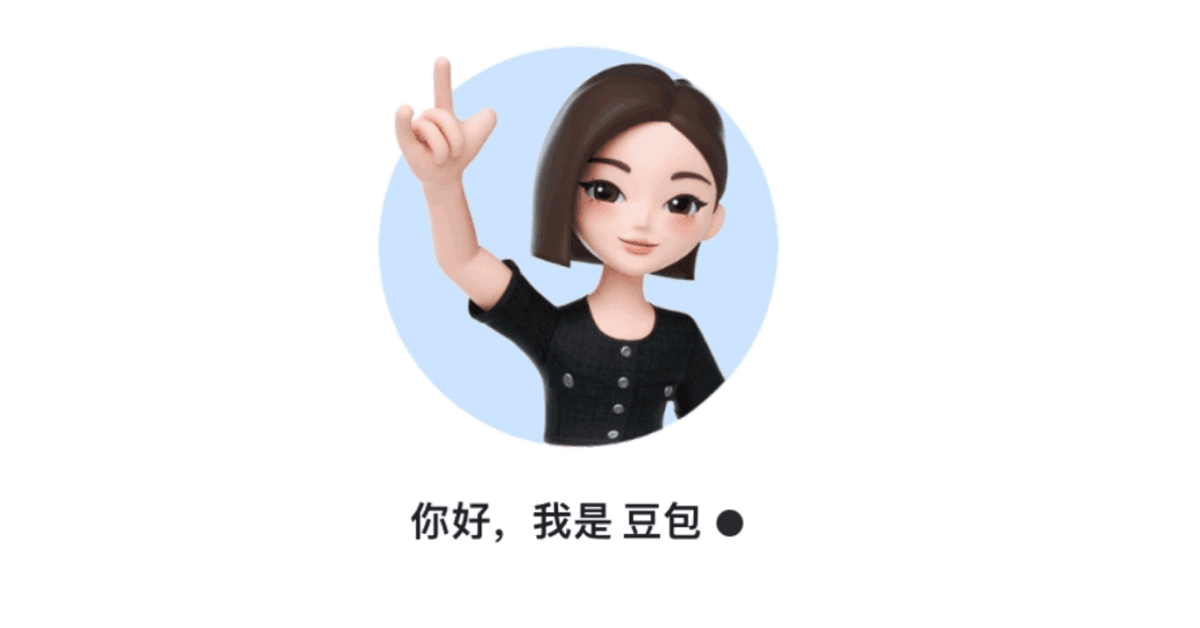
HeyGen Introduces Advanced Motion Control for Virtual Avatars
Want to read in a language you're more familiar with?
On January 24, AI startup HeyGen unveiled a motion control feature, enabling complex full-body movements for virtual avatars.
On January 24, AI startup HeyGen unveiled a motion control feature, enabling complex full-body movements for virtual avatars. This marks a leap from basic head and facial expressions to actions like playing musical instruments, dancing, and even executing precise hand gestures, such as intricate finger movements.
In a demonstration video, a virtual avatar was shown naturally grasping a bouquet of flowers, drawing attention from industry experts. While the current showcase focuses on single-object interactions, the underlying framework supports broader object-interaction capabilities. Analysts suggest the feature could have commercial applications, such as product demonstrations, with potential for further innovation in future updates.
SEE ALSO: Follow-Up On OpenAI, China’s o1-Class Reasoning Models Are Being Introduced One After Another
Previously, HeyGen’s virtual avatar generation technology integrated seamlessly with Sora’s scene-generation tools. The new version incorporates kinematic control algorithms, reducing motion response latency to under 12 milliseconds. Content creators can now fine-tune joint angles and movement trajectories at a pixel level through a parameterized interface, replacing the labor-intensive traditional motion capture process used in film production.
HeyGen’s generative approach to virtual humans differentiates itself from conventional digital cloning techniques. Instead of relying on real-world modeling data, it employs deep neural networks to generate avatars with physically plausible designs autonomously. According to its technical white paper, the system can produce over 200 joint data points in real time, using reinforcement learning algorithms to render movements with biomechanics-like accuracy.
Industry data shows this system improves video production efficiency by approximately 47% while reducing the cost of dynamic scene creation to just one-eighth of traditional methods.





